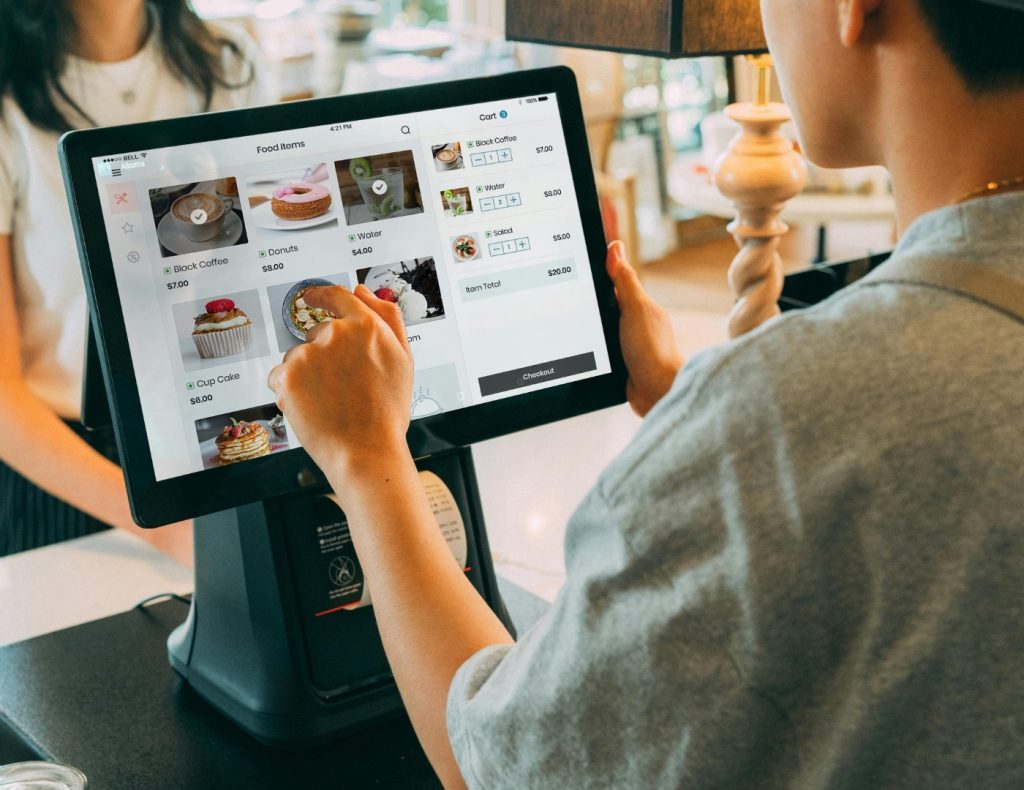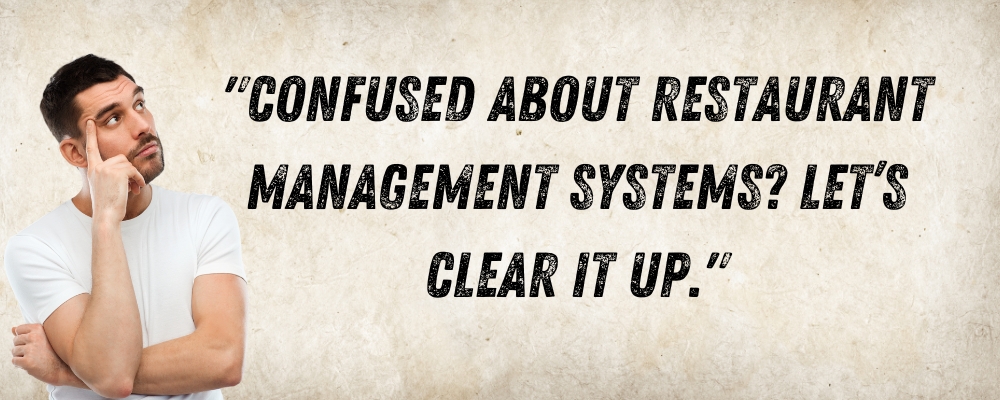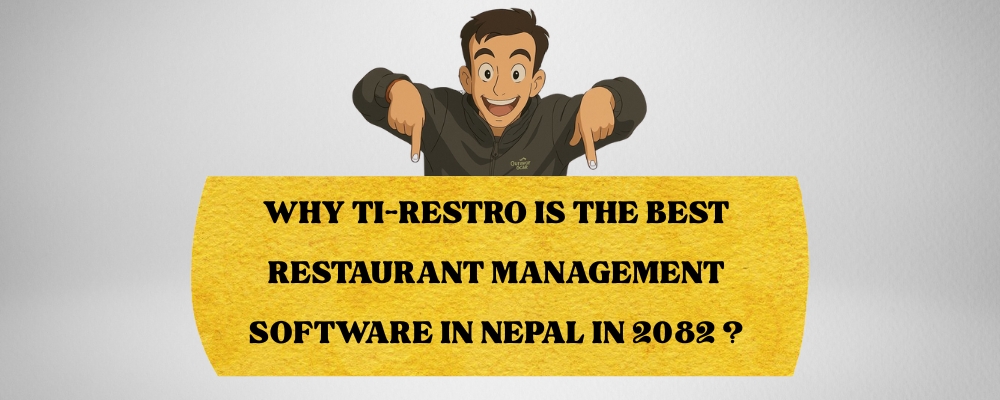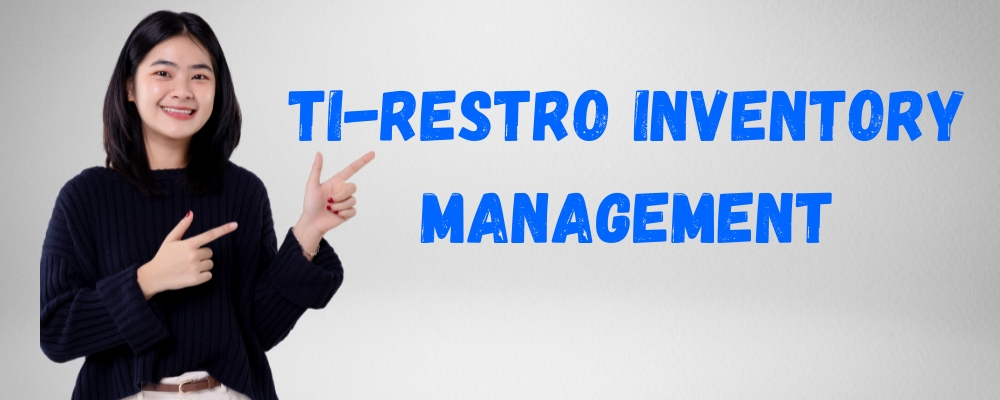Congratulations on opening your own restaurant! Now comes the exciting part of managing it all. Yet, with the kitchen, servers, and overall operations to oversee, things can quickly become chaotic. That’s where a restaurant management system comes in handy.
In this blog, we’ll guide you through the key factors to consider when choosing the right software for your restaurant. From handling online orders to tracking inventory and labour costs, we’ll simplify it all so you can find a system that handles all the operations, allowing you to focus on what you love – delivering exceptional food and experiences.
Table of Contents
What Is a Restaurant Management System?
A restaurant management system is software that helps you run your restaurant efficiently. It lets you organize all your daily operations in one place, from billing and payments to inventory and staff management. It does all! So that you can focus on growing your brand and your staff can focus on giving the best customer service.
It Streamlines Your Operations
With an automated system, you can streamline tasks like billing, payment processing, and accounting, making your life easier. A good restaurant management system ensures that simple tasks like billing and complex tasks like tax calculations are done securely and accurately. It also provides insightful reports to help you better understand your business performance.
Helps Manage Your Inventory
Keeping track of your food and beverage inventory manually can be tedious and prone to errors. With a restaurant management system, you can maintain a central database of all your supplies. You’ll be able to log incoming and outgoing stock, set alerts for low inventory, and receive reports to identify patterns and optimize your ordering process.
Sync Your Staff Tasks
Scheduling shifts, attendance and payroll, and overall staff management can be quite a challenge. Fortunately, a restaurant management system offers tools to help you schedule employees, process their hours, and improve overall communication and performance. Some systems even allow you to share announcements, assign tasks, and monitor who’s currently on duty in real time.
Improve the Customer Experience
With everything centralized, you’ll find more time to dedicate to your customers. A restaurant management system doesn’t just streamline operations; it can directly enhance the customer experience. It enables a table ordering system, table booking, QR code-based payment gateways, easy feedback, loyalty programs, and more.
Features like a captain ordering app, kitchen display system, reconciliation reporting, WhatsApp alerts, and CRM integrations can help scale your restaurant growth to 10x. Though there may be an initial investment, the long-term benefits of productivity and profitability make it a worthwhile investment.

How To Pick a Restaurant Management System?
The market is flooded with various software and their various functions that promise to do various things for your business! Now that can be overwhelming. How do decide which restaurant management system is a perfect fit for your business? Well, every outlet is different and so are its needs. But we have created a small checklist that you can review when you step out to explore various systems.
Functionality
Make sure the system you choose meets your specific requirements. Do you require features like online ordering, loyalty programs, table management, or enterprise resource planning? If yes, then look for a system that can smoothly handle your day-to-day operations without crashing during busy hours.
Ease of Use
Your restaurant management system should be user-friendly, especially for staff who aren’t tech-savvy. Complicated systems can slow down operations and decrease productivity. Aim for a simple, minimalist interface with a gentle learning curve.
Scalability
As your business expands, it’s important to choose a system that can grow with you. Look for a system capable of scaling efficiently as your customer base and outlet counts increase. TI-RESTRO, for instance, is designed to accommodate businesses of all sizes, from single stores to large multi-location franchises. It can seamlessly support thousands of concurrent users and high-volume transactions.
Support
Finally, prioritize a system that provides excellent customer support. Technology hiccups can happen, so having a dedicated support team is important. Ensure the support team is not only responsive but also knowledgeable, and capable of offering timely and effective solutions to any challenges users may encounter.
Review Your Options
Researching popular restaurant POS (Point of Sale) systems and reading reviews from businesses similar to yours is a smart move. Visit their websites to explore available features and packages. Additionally, consider cloud-based systems, which eliminate the need for upfront hardware purchases. These systems offer flexibility and scalability, making them worth exploring.
Schedule Demos
After narrowing down your options to a few contenders, reach out to them to schedule live video demos. This allows you to witness the systems in action and ask questions directly. Pay close attention to the friendliness of the interface and whether it can address your specific needs effectively. Inquire about additional features or customization options that may be available. Evaluate the responsiveness and expertise of the support team to understand the level of assistance you can expect.
Compare and Test
Review your notes and evaluation criteria to compare the options. Identify which systems excel in meeting your needs and fitting your budget. If possible, consider conducting trial runs of the top contenders using your own menu and sample data. Many providers offer free trials, allowing you to test their systems in your restaurant environment before making a commitment. This hands-on experience can provide valuable insights into each system’s suitability for your business.

So there you have it, a quick guide to selecting the ideal restaurant management system for your needs. Take the time to carefully consider your must-haves, nice-to-haves, and budget. Don’t rush the decision—once implemented, a good restaurant management system will significantly simplify your life.
With the right system in place, you’ll be able to channel your time and energy where it truly matters: your staff and customers. Running a restaurant is challenging, but with the right tech stack, it becomes a bit more manageable. Now, go out there and find the perfect fit for you and your business! You’ve got this.
We hope this blog was helpful. For more industry-related updates tips and guides follow us on Facebook , Instagram, Linkedin




